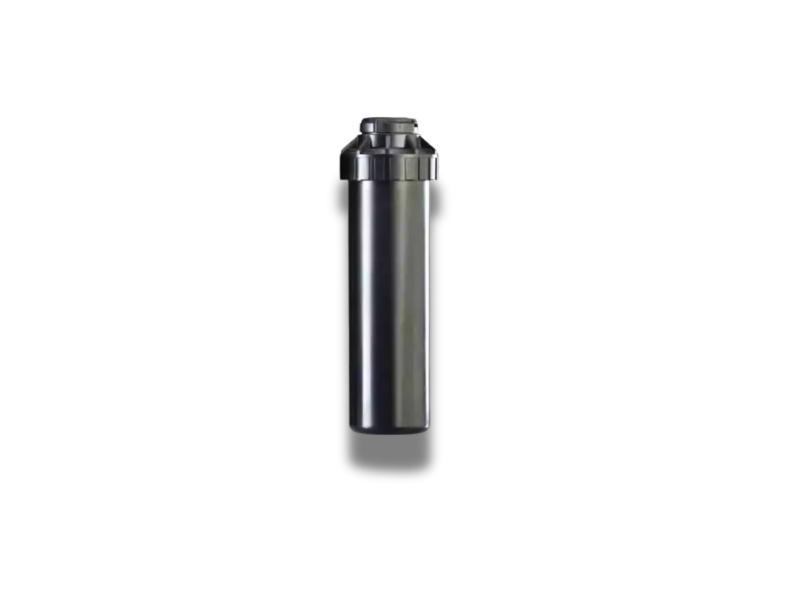Calculating the Ideal Flow Rate
Learn how to calculate the ideal flow rate of your hydraulic system based on diameter and pressure, to optimize performance and ensure efficiency.
The ideal flow rate is an essential parameter for designing effective hydraulic systems. Knowing the internal diameter of the pipe and the pressure exerted by the fluid, it is possible to determine the optimal flow to ensure stable and safe operation. The table below offers a practical guide to select the configurations best suited to your needs, avoiding problems of overload or inefficiency.
Table: Ideal Flow Rate Based on Diameter and Pressure
| Diameter (mm) | Pressure (bar) | Ideal Flow Rate (l/min) |
|---|---|---|
| 20 | 1 | 15 |
| 20 | 2 | 25 |
| 25 | 1 | 20 |
| 25 | 2 | 35 |
| 32 | 1 | 30 |
| 32 | 2 | 50 |
| 40 | 1 | 45 |
| 40 | 2 | 75 |
| 50 | 1 | 60 |
| 50 | 2 | 100 |
| 63 | 1 | 80 |
| 63 | 2 | 130 |
How to use the table
To choose the right pump for your system, follow these steps:
-
Calculate the pressure required by the system:
- To determine the pressure required to overcome a lifting height, use the formula:
P = h / 10, wherehis the height in meters. - Add the pressure losses due to pipes, bends and fittings, expressed in bar.
- To determine the pressure required to overcome a lifting height, use the formula:
- Check the required flow rate: Check how many litres per minute (l/min) it takes to feed the system based on the pipe diameter and pressure.
- Choose a compatible pump: The pump must provide the required flow rate at the calculated pressure. Check the pump characteristic curve to verify these values.
Practical example
Suppose we need to design a system that lifts water 20 metres high with a pressure drop of 1 bar and a pipe diameter of 25 mm.
Calculation:
- Lifting height: 20 meters → 2 bar.
- Pressure drop: 1 bar.
- Total pressure required: 2 + 1 = 3 bar.
- Flow rate: At a pressure of 2 bar and a diameter of 25 mm, the table indicates a flow rate of 35 l/min.
The pump chosen must be able to supply at least 35 l/min at a pressure of 3 bar.
Advantages of using the table
- Makes it easier to choose the optimal components for your system.
- Helps prevent overloads and inefficiencies.
- Improves understanding of the relationships between diameter, pressure and flow rate.
Do you need support?
Contact us for more information or to receive personalized assistance. Our team of experts is at your disposal to answer any questions.
Phone: 0586 764566
Email: federico_montagnani@yahoo.it
Address: Via Guido Rossa 46, Rosignano Marittimo, CAP 57016



































